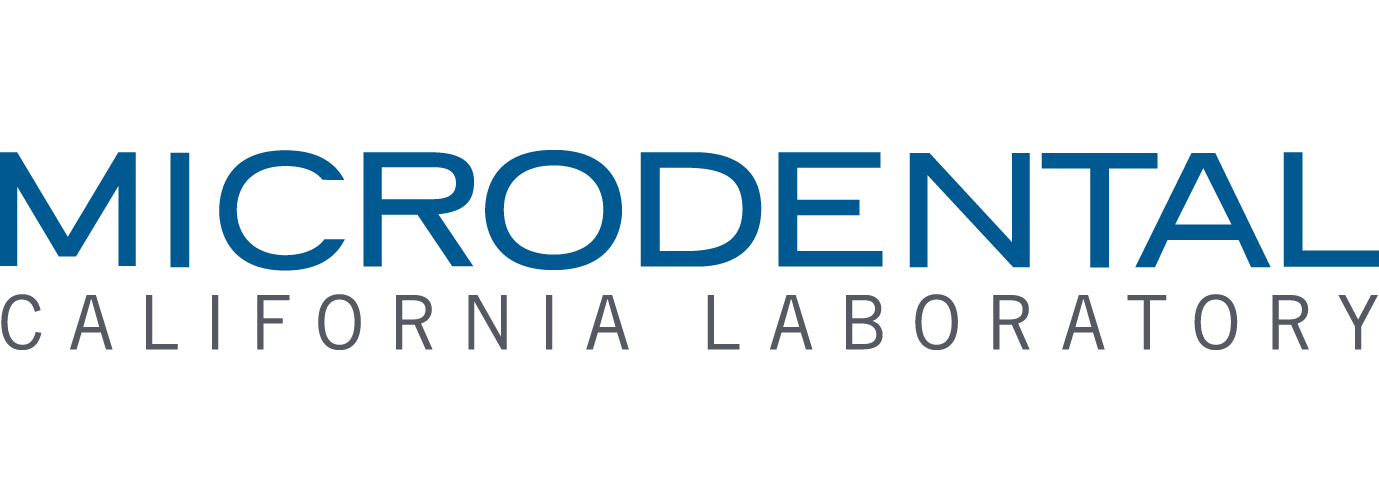The dental industry has undergone a revolutionary transformation with the advent of digital technology, and dentists who still need to embrace this technological advancement should consider evaluating its positive impact. Some dentists may have reservations about changing their established practices late in their careers, believing that patients have been adequately served with the traditional approach. However, embracing digital technology benefits dentists and patients and provides dental laboratories with opportunities to integrate the digital process seamlessly, thereby adding immediate and long-term value to dental practices.
One of the areas where digitizing the relationship has had the most significant impact is communication and collaboration between practices and the labs. In this blog post, we'll discuss why dentists should use this technology to enhance this relationship and the advantages that come with it.
In the conventional approach, the process involves mailing or couriering RXs, physical models, and or impressions, which can sometimes be time-consuming, costly, and prone to errors and delays. However, digital technology has revolutionized this process, significantly streamlining it and enhancing accuracy and satisfaction, particularly for patients. This transformation is attributed to the capability of dentists to communicate with dental labs through digital channels, including software applications linked to their intraoral scanners, web portals, email, and even text messaging. Additionally, telephone calls or visits to the lab (or arranging for lab staff to visit the practice) can complement the utilization of digital technology.
Another significant advantage of digital collaboration is speed.
The speed lets dentists send and receive information from dental labs almost instantly, reducing turnaround time and allowing for faster delivery of dental prosthetics to the office; this also means that patients can receive their prosthetics quicker in many cases while reducing their time wearing temporary prosthetics.
In addition, one of the essential advantages of using digital technology when working with dental labs is accuracy. It enables dentists to send very precise digital impressions, reducing the possibility of errors and misinterpretation. Digital impressions are also more consistent and reproducible, making it easier for dental labs to create prosthetics perfectly fitted to the patient's mouth.
Consider that a scan serves as an exact replica of the patient's mouth under treatment. In contrast, in most cases, physical impressions are analog replicas of the mouth that undergo subsequent stone replication and scanning. Impression materials and stone exhibit expansion and contraction, which still yields acceptable results, but consistency needs improvement compared to intraoral scans.
Digital communication also facilitates enhanced collaboration between dentists and dental labs.
Dentists can easily share digital images, X-rays, and patient records, enabling lab technicians to understand the patient's dental condition and treatment plan comprehensively; this ensures that dental labs can produce prosthetics tailored to the patient's specific needs and preferences.
Moreover, digital technology enables the complete customization of dental prosthetics.
Dentists can now visualize digital mockups of prosthetics created by lab technicians before production, allowing for a more precise alignment with the patient's specific requirements. Customized dental prosthetics ensure a perfect fit and optimal comfort, significantly improving the overall dental experience for patients. Additionally, digital communication streamlines the process of tracking prosthetic progress. Dentists can easily receive updates from labs, minimizing the necessity for frequent follow-up calls and visits; this guarantees that dentists possess accurate information regarding the advancement of prosthetics and can provide regular updates to patients.
Additionally, establishing digital workflows for prosthetics enables dentists to securely store patient records and digital impressions on protected servers, thereby minimizing the requirement for physical storage space within the office; this not only conserves space but also mitigates the risks associated with potential loss or damage to physical records and impressions. By eliminating the necessity for storing and shipping physical models and impressions, the expenses related to prosthetics for patients can be reduced, enhancing affordability and accessibility to dental care.
Dentists who fully embrace the digital revolution in their collaboration with laboratories will discover that creating prosthetics becomes significantly easier, leading to satisfied and devoted patients; this forms the cornerstone of long-term success in dental practice.
Featuring
At MicroDental Laboratories, our Digital Advantage Team (DAT) is available to painlessly help dentists transition to digital dentistry. From assisting with your digital scan needs and troubleshooting to supporting your digital dentistry knowledge advancement, we got your team covered. We love digital technology and want to make your journey fun, simple, and productive.


